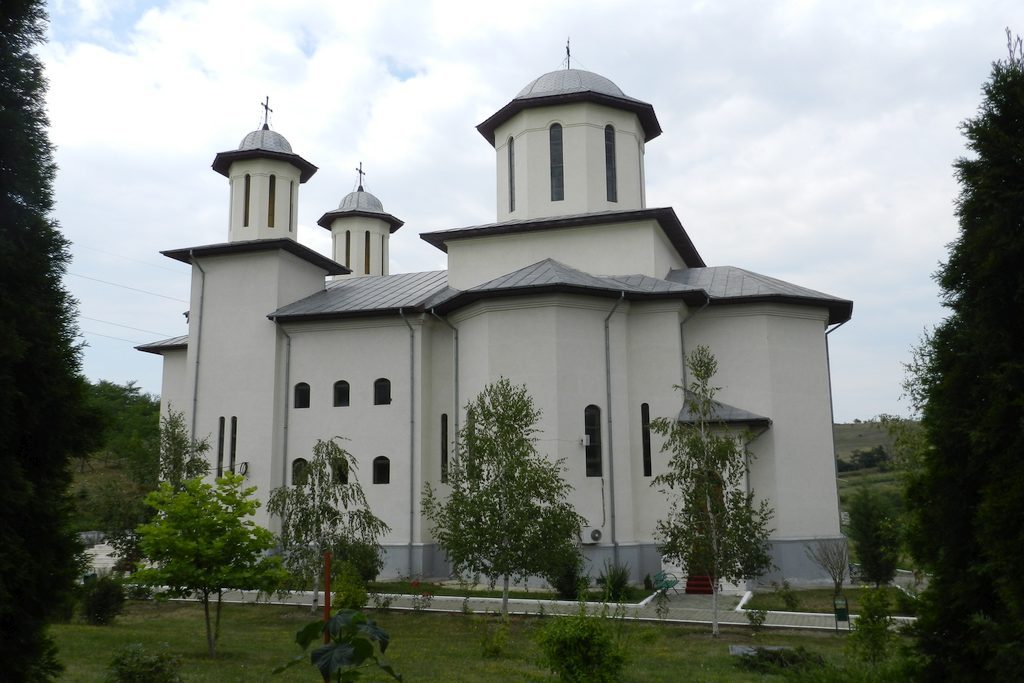

The first documentary attestation of the monastery refers to the building work started in 1515, during the reign of the ruler Neagoe Basarab (1512-1521), the founders being Vlad Banul (grandfather of the three brothers Buzeşti), Dumitru Pircalab and Balica Spătarul. The masonry work have been resumed by the end of the sixteenth century by the brothers Buzeşti – Radu Culcerul, Preda Banul and Stroe Stolnicul – ending on 8 June 1588, as is clear from the inscription carved in stone.
The the inscription from the nave, restored in 1834 states that until 1594 were built “the walls of the courtyard, the houses and a bell tower “- other than that which is it exists today – in which were the bells donated by Radu Buzescu in 1588. Later, to the church was added a porch with lateral arcades, about the year 1610, but demolished in 1859 because of of degradations suffered. Over the centuries, the monastery Caluiu was used as a necropolis of the family Buzescu. Here were buried:
– Preda Buzescu – Great Ban of Craiovei, in December 1608, in the NW corner of the narthex;
– Stanca jupâniţa, his wife, in February 1590, in the S-W of the narthex;
– Radu Buzescu – great Clucer, In January 1610, in the S-W of the narthex, also.
In 1657, the sirian traveler Paul of Aleppo characterized the monastery as very large, beautiful and well reinforced. With 1 m thick walls, made of stone and brick, the church has the nave delimited from narthex by a wall that leaves an opening only as a door size. Both the nave and narthex are illuminated on either side by one narrow window, fitted with metal grille.
The tower on the naveis polygonal, with twelve narrow windows, and imposes by its size and decoration of facades. The roof is of tin sheet with a large eaves.
The outer wall is divided into two registers by a median belt, the upper register having the niches plastered but unpainted. The enclosure is surrounded by old brick walls that open through the belfry wall at the entrance, circulation being on paved walkways with brick and concrete slabs.
The painting is the work of a team of local craftsmen, headed by Mihnea the Painter, Michael the Brave’s diplomatic agent who being sent in 1600, in Venice, has procured there the most significant amount of colors. In 1834, the church was repainted by seneschal Barbu Coşoveanu the Painter. At first, at the Căluiu monastery of the have lived Greek monks, followed, later by Romanian monks and nuns then, until 1986, when the monks returned, having as abbot Archimandrite Corneliu Miroslav. These have repaired the monastery and by greatly increasing the number of worshipers, they built a new church of large proportions out of the old enclosure and restored the historic church in 2008. Currently seven monks and brothers inhabit here.
